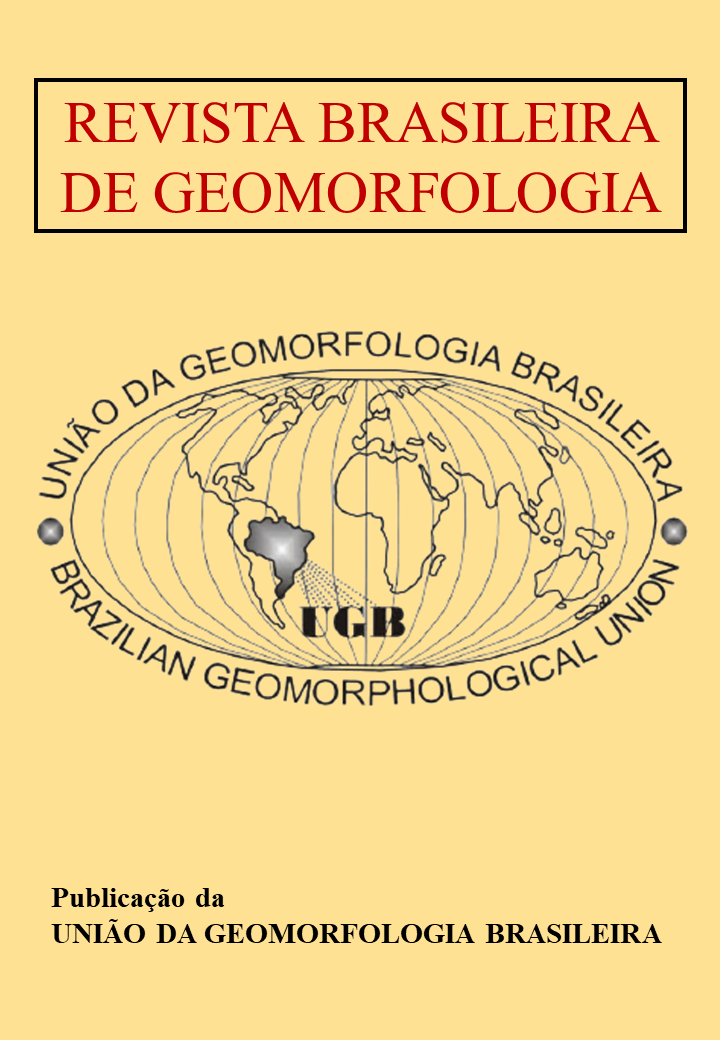Erosion processes in areas susceptible to desertification in the semi-arid region:
possibilities of analysis through geomorphological mapping based on very high-resolution images
DOI:
https://doi.org/10.20502/rbg.v24i2.2319Keywords:
Linear erosion, Geomorphological mapping, Morphoconservation, LiDAR, UAVAbstract
In the Brazilian semi-arid region, erosion has already compromised the productive capacity of soils and generated serious socio-environmental phenomena in desertified areas. In this paper, we analyzed soil erosion in an experimental watershed with area of 2.92 km2, located in the Pernambuco State. From very high-resolution products derived from LiDAR sensors, UAV and field work, we produced the linear erosion map and the morphoconservation map. We identified 600 linear erosion features with a total length of 41.6 km, networked and associated with exposed soils. In some sectors, the surface horizons of soil were completely removed. On the other hand, erosion has been delayed where there is biocrust and shrubby vegetation. Although the real causes of desertification in this watershed are not yet known, we believe that erosion is related to complex, natural and anthropogenic factors. Thus, our methodology can be applied to other contexts and guide actions for the preservation and recovery of eroded areas.
Downloads
Downloads
Published
How to Cite
Issue
Section
License

This work is licensed under a Creative Commons Attribution-NonCommercial 4.0 International License.
Author (s) retain copyright and grant the journal right of first publication with the work simultaneously licensed under the Creative Commons Attribution License that allows sharing the work with recognition of its initial publication in this journal.








